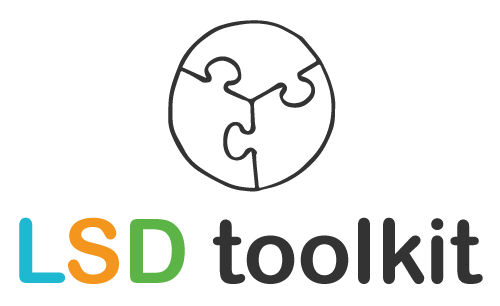Honestly? For a bestseller, we find Eric Ries’ book rather disappointing. First of all, it’s very poorly written. And filling 320 (!) Pages would not have been possible without a lot of repetition. Lots of repetition. Lots of repetition. But every self-respecting corporate innovates nowadays according to the lean startup method, so dedicate a page to it anyway.
The core
In the Lean start-up method, the Define-Measure-Analyse-Improve-Control (DMAIC) process of Lean is simplified into Build-Measure-Learn (BML) iterations. That’s about it.
The book
As far as we are concerned, you can skip the book. Get the core out and you have everything. There is really nothing else in it. It would have fit in a white paper just fine. Us started drawing endlessly on the only real case study he has – his own IMVU inc. – oppose me. And above all: you don’t learn entrepreneurship from a book, but by doing it.
The author
Ries himself has built up a considerable track record as an entrepreneur, although it is always difficult for entrepreneurs from Silicon Valley to separate fact from fiction. As befits a good American entrepreneur, Ries himself went bankrupt, something he likes to be proud of. We don’t believe that an entrepreneur should have gone bankrupt to set up a successful business, but he will certainly have learned a thing or two from it.
The Lean startup method is ‘a new business strategy that helps startup companies to localize their resources and use them as efficiently as possible’. Ries himself does not call it a method, but prefers to speak of the ‘Lean start-up movement’. In essence: see your startup as a big experiment.
Lean startup is a building of principles and techniques. The promise: less waste of time and money. That in itself sounds promising. (It does remind me of scrum guru Jeff Sutherland’s book subtitled ‘The Art of Doing Twice the Work in Half the Time’. Something that was often twisted by my scrum teams to ‘ do half in twice as much time ‘ .)
Ries has translated his ideas into a number of basic principles:
- Entrepreneurs are everywhere
- Entrepreneurship is management
- Validated learning
- Innovation accounting
- Build-measure-learn
In addition, he has formulated four principles:
- Eliminate uncertainty
- Work smarter, not harder
- Develop an MVP
- Validated learning
The overlap with the principles is striking. Which in turn are largely poorly substantiated (why is there an entrepreneur in every person?). The case studies on the accompanying online platform also failed to convince me.
The steps you take
- Build an MVP
- Find first users (early adaptors / evangelists)
- Learn from their user experience (validated learning)
- Change, improve, discard
- Repeat the BML iteration and scale up gradually
Didn’t we already know that?
So the core is Start small and continuously improve based on feedback . Sound like agile? Sound like scrum? Sound like lean? That’s right. As the name suggests, it is nothing more than the lean / agile philosophy translated into the startup setting.
Nothing new under the sun. In itself that is not bad. Simon Sinek has also made millions from his why-what-how. Simplicity is strength. But unlike Ries, Sinek can tell. And write. Nevertheless, Ries’ book has resulted in so-called lean start-up communities being set up in almost 100 cities in 17 countries. Which he – somewhat confusingly, also calls ‘lean start-ups’.
Anything positive to report?
The impression may arise that we are so negative out of jealousy. And yes, when we read the book, we certainly thought: ‘why didn’t we come up with this?’ Still, we like to leave a positive word to others:
‘ Sometimes a book is published that makes us think completely differently about innovation and entrepreneurship… The Lean Startup is such a book. “
– Financial Times
Do we still see it wrong?
